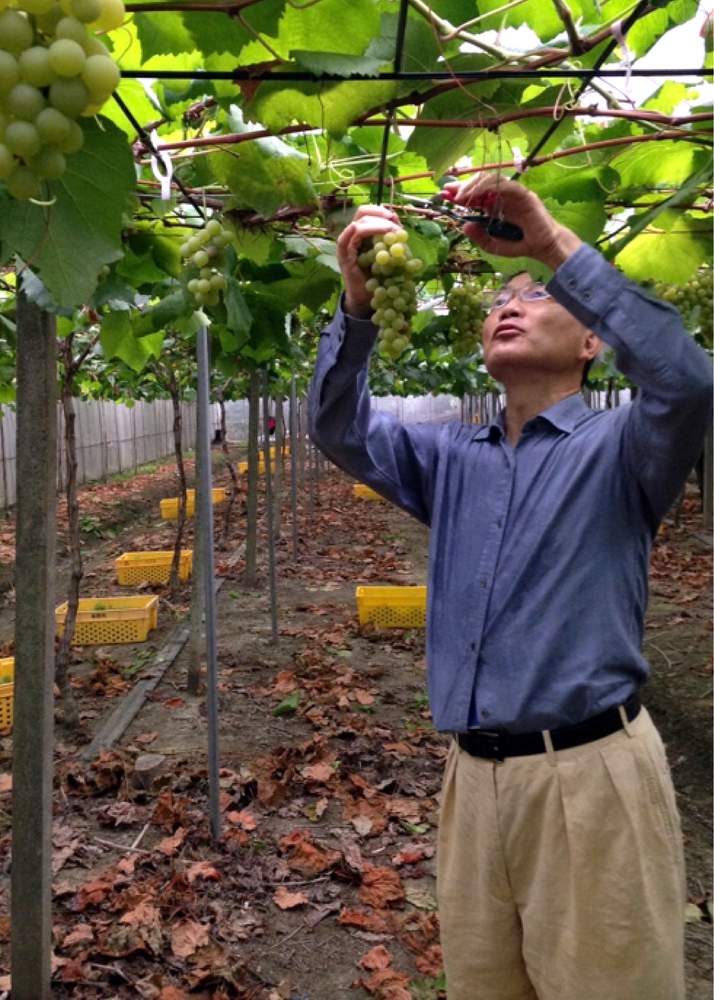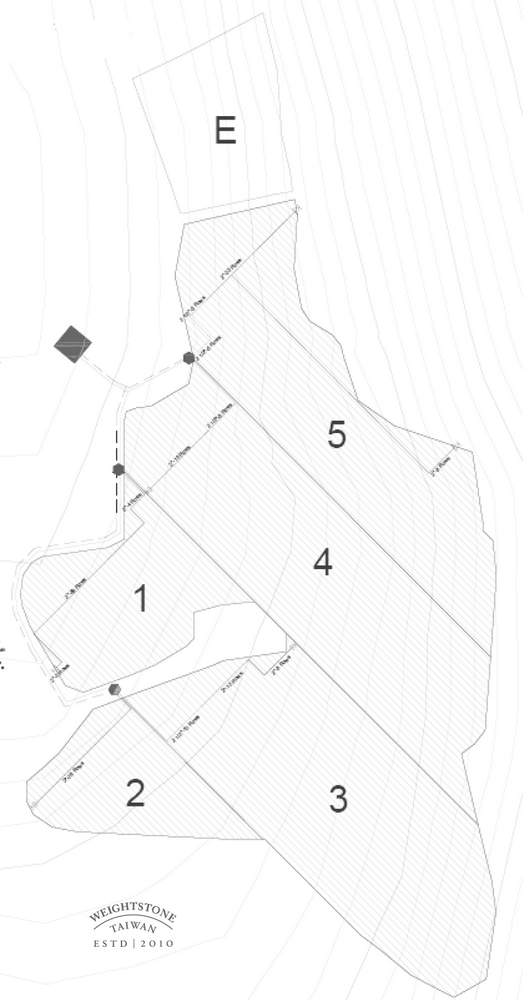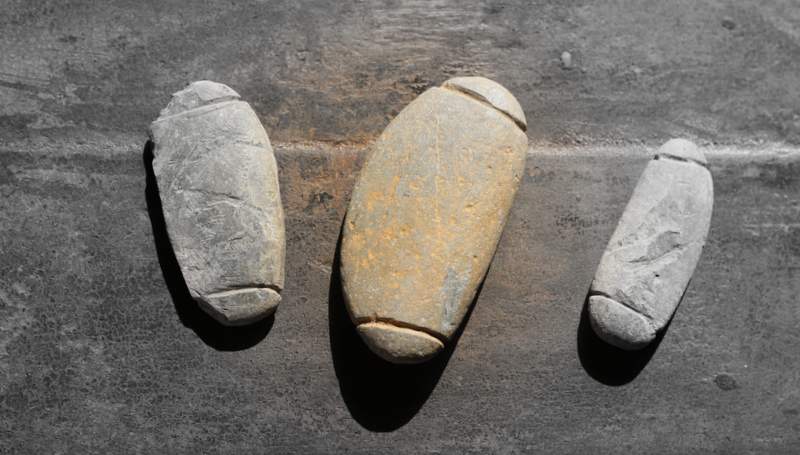
Taiwan Wine History
In the beginning
The Japanese introduced winegrowing to Taiwan and planted their first vineyards a century ago. The wine industry grew through government subsidies until 1996. Without support, the industry could not invest in new viticulture and winemaking innovations and thus, the vineyards withered. At its peak, Taiwan planted over 5,200 hectares of wine grapes. Today, there are less than 60 hectares of wine grapes remaining in Taiwan.


Ben’s Vision
create a wine that Taiwan can be proud of
Ben Yang had always been moved by how wine can create chemistry between people that transcends boundaries of culture and time. Ben dedicated his life to improving Taiwanese agriculture. So ten years ago when a good friend encouraged Ben to make a wine that can become the pride of the country, he was motivated.
In 2010, Ben’s aspiration solidified when he dipped his nose into a glass of Musann Blanc, a new variety developed by Taiwan Agricultural Research Station. Ben established Weightstone a year later with the purpose to grow new and traditional grape varieties locally with modern technology, and to share every new discovery with local growers so they too can build a sustainable livelihood. He also believed in building the next generation of experts to carry on the work. Hence, he assembled a team of young Taiwanese agronomists and winemakers, supported by consultants from Napa Valley, USA.
“Taiwanese farmers are hardworking and very smart. They know and love the land and its crop. We need to work harder at making good quality wine in order to help them, and make them and the fruits of their labor proud. ”
– Ben Yang, Founder


AN ESTATE IN THE MAKING
and why we chose “Weightstone” for our name
In 2012, Ben stepped onto a piece of land overlooking the Puli Valley. When he looked down, he noticed that the soil is perfect for growing grapes. When he looked up, “a vista of layered mountainous landscape and serenity found me”, he remembered.
The estate covers 4.6 hectares, perched on a south-facing 8% slope and 480m elevation. It is located at the foothill of the Central Mountain Range and sits on what was once the shoreline of an ancient lake. The lake has long disappeared but in an adjacent plot protected by the government are fishing weights carved from stone by stone-age aboriginal fishermen, hence our name Weightstone.

In 2014, we dug 10 soil pits 2m-deep at selected locations to measure soil texture and composition. Our soil type is clay loam, with an abundance of small to large-scale limestones that are ideal for good drainage. The property enjoys a westward breeze and mountain ranges that protect it from fierce wind gusts. In 2015, we built a “100 year storm” drainage system to prevent future erosion. Together with a vineyard development crew of 15 professionals from Napa Valley, CA, work began. We added organic soil amendments, graded the slopes, planted cover crops, installed subsoil drainage tile along with 9000 vine stakes on vertical trellises.
Our Puli Vineyard Estate is a place where quality crops and craftsmanship are possible if we set our mind to it.
The above ground portion of our “100 year storm” drainage system
Hand-pounding stakes in the early morning
Our cover crop
